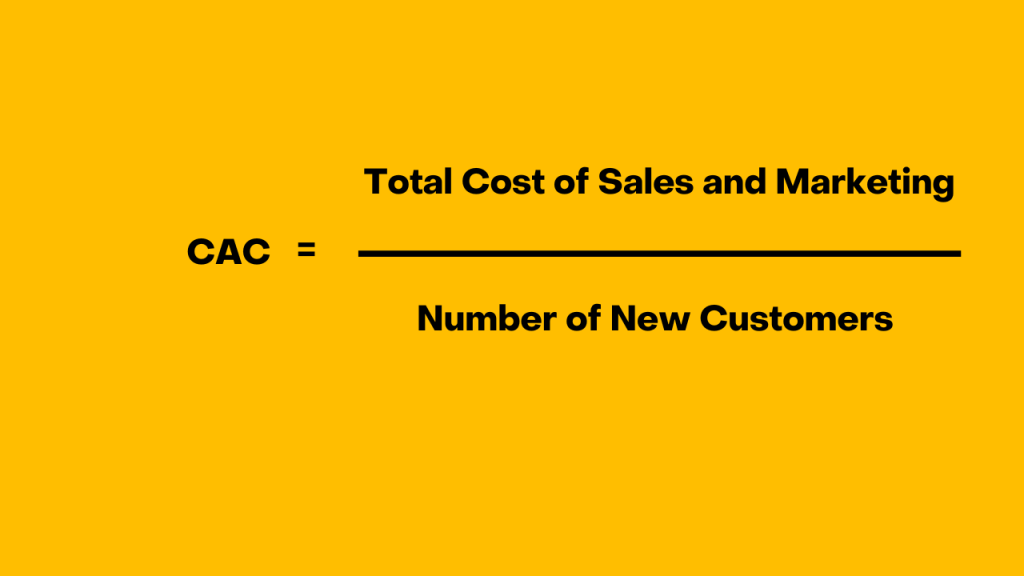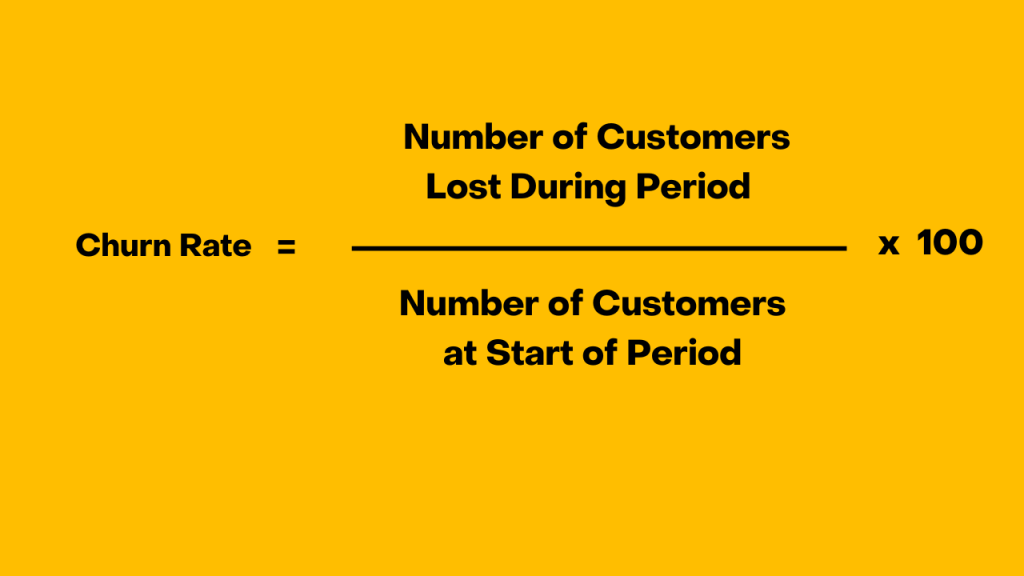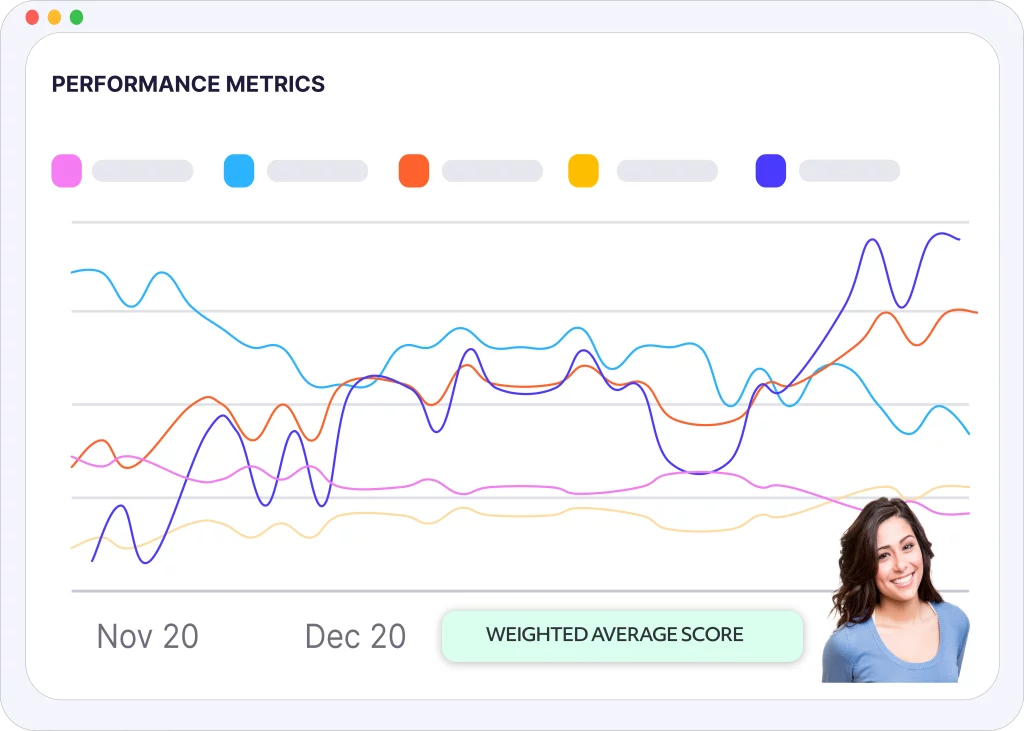Why Rafiki
Pricing


Pricing
Solutions

RevOps Leaders
Synchronize revenue generating functions

SDR Leaders
Get your team aligned and Coach your Reps 3x faster at scale

Sales Leaders
Unlock pipeline truth, drive confident forecasts
Step into the realm of sales metrics, where numbers weave the intricate tapestry of business success and strategy. This is a world where figures are not just digits but powerful storytellers, narrating tales of triumphs, challenges, and opportunities.
For executives, these metrics are like the stars in the business galaxy, guiding ships through the vastness of market competition and customer dynamics.
Imagine a dashboard, vibrant and pulsating with life, where each metric dances to the rhythm of market trends and consumer behavior. From the adrenaline rush of watching revenue spikes to the strategic maneuvering around churn rates and sales cycle lengths, these metrics provide a thrilling rollercoaster ride through the ups and downs of business landscapes.
It's time to track your sellers like athletes!
As we embark on this journey to uncover the most pivotal sales metrics, prepare to be captivated by the magic these numbers hold. They are not just indicators of where a business stands; they are the crystal ball that forecasts its future.
So, buckle up and get ready for an exhilarating ride into the heart of sales strategy, where each number tells a story, and every story shapes the destiny of businesses.
Sales metrics are quantifiable measures used to track and assess the performance and effectiveness of a sales team or process. These metrics provide valuable insights into various aspects of the sales operation, enabling businesses to make informed decisions and strategize effectively.
Here's an overview of what sales metrics are and their importance:
📊 Performance Indicators: Sales metrics act as key performance indicators (KPIs) for sales teams. They help in evaluating the efficiency and effectiveness of sales strategies and tactics.
💵 Revenue Tracking
One of the most fundamental sales metrics is revenue, which measures the total income generated from sales activities. It’s a direct indicator of the success of sales efforts.
📈 Sales Activity Monitoring
Metrics such as the number of calls made, emails sent, meetings held, and proposals delivered provide insights into the daily activities and workload of sales reps.
🔁 Conversion Rates
This involves tracking the percentage of leads that convert into customers, which helps in understanding the effectiveness of the sales funnel and identifying stages that may need improvement.
⏳ Sales Cycle Analysis
Metrics related to the length of the sales cycle help businesses understand how long it takes to convert a lead into a customer, enabling them to optimize their sales processes.

💰Customer Acquisition Cost (CAC)
This metric calculates the total cost of acquiring a new customer, including marketing and sales expenses. It's crucial for understanding the profitability of acquiring new customers.

💡Customer Lifetime Value (CLV)
CLV estimates the total revenue a business can expect from a single customer throughout their relationship. It helps in determining how much to invest in retaining customers.

📝 Deal Size and Profitability
Metrics like average deal size and profit margins are essential for evaluating the value and profitability of the sales.

🚦Pipeline Health
This includes metrics that assess the volume and quality of opportunities in the sales pipeline, providing foresight for potential future sales.
💰 Churn Rate
Indicates the number of customers who cancel or don't renew their subscriptions.

🌟 Sales Team Performance
Metrics such as email open rate, call connect rate, quota attainment and sales per representative help in assessing the performance of individual salespeople or the team as a whole.
✴️ Lead to Opportunity Conversion Rate
Formula: Lead to Opportunity Conversion Rate = (Number of Leads Converted to Opportunities / Total Number of Leads) x 100
This rate is a crucial indicator of the effectiveness of the early stages of the sales funnel, where leads are nurtured and qualified before moving onto the more advanced stages of the sales process. It helps in assessing the quality of leads and the effectiveness of the early stages of the sales process.
In essence, sales metrics are not just numbers; they are critical tools for steering sales strategies, optimizing processes, and ensuring the overall growth and profitability of a business. By carefully tracking and analyzing these metrics, companies can enhance their sales performance and gain a competitive edge in the market.
There are several sales activity metrics that can help track and assess the efficiency and effectiveness of a sales team's efforts. These metrics offer insights into various aspects of sales activities, enabling sales leaders to optimize their strategies and improve team performance.
Some key sales activity metrics include:
These metrics not only help in tracking the day-to-day activities of sales reps but also provide valuable data for improving sales processes and strategies. By closely monitoring these metrics, sales teams can identify areas for improvement, optimize their time, and focus on activities that yield the best results.
Conversation intelligence transforms the varied and unstructured data from interactions between buyers and sellers, including voice, text, and video, into insightful data.
This data is then used to generate strategic insights for deal enhancement and to provide targeted coaching to improve the skills of sales teams.

In summary, conversation intelligence tools offer data-driven insights and actionable intelligence that can significantly improve the lead to opportunity conversion process, making it more efficient and effective.
Navigating the sea of sales metrics can be overwhelming, yet choosing the right ones is crucial for shaping a successful sales strategy and enhancing profitability.
What you need is a robust platform capable of not only tracking pertinent metrics but also providing actionable insights to drive your sales forward.
Elevate your Sales Performance
Enter the world of sophisticated sales analytics with Rafiki. Rafiki's platform is designed to seamlessly capture buyer interactions across various sales channels, enabling your team to monitor essential metrics effectively.
More than just a tracking tool, Rafiki offers proactive coaching opportunities, pinpointing areas where individual reps can improve.
Take the first step towards transforming your sales process and closing more deals.
Experience the power of Rafiki's sales analytics software for yourself with a personalized demo today.